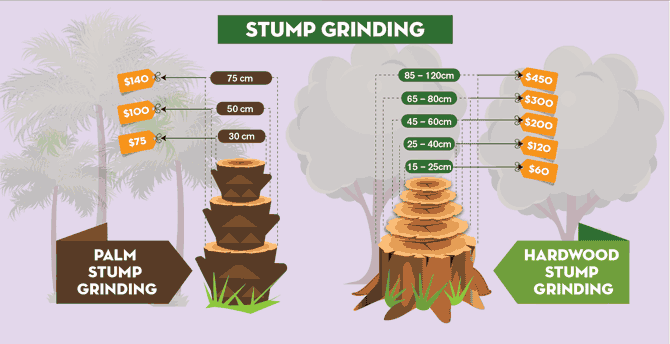Post-Tree Removal Upkeep: Reliable Techniques For Landscape Restoration
Post-Tree Removal Upkeep: Reliable Techniques For Landscape Restoration
Blog Article
Uploaded By-Nunez Massey
After a tree's removal, your landscape may look quite various, and it's essential to assess the after-effects meticulously. You'll wish to assess the soil disruption and inspect surrounding plants for any type of indications of stress. Disregarding these factors can bring about larger problems down the line. So, what should you do with those stumps and origins? And how do you select the very best plants for your revitalized room? Allow's discover these crucial steps.
Analyzing the After-effects: Assessing Your Landscape
After a tree elimination, it's crucial to evaluate your landscape to recognize the impact it carries your backyard.
Start by checking out the area where the tree stood. Look for indicators of dirt disturbance, and check the surrounding plants for any kind of anxiety or damages.
You ought to additionally remember of exactly how the elimination has transformed sunshine exposure and air flow in your garden. Fruit Tree Pruning Guide can impact the development of close-by plants, so it's vital to evaluate their health and wellness.
Think about the visual elements also; the elimination could create an open space that you can upgrade.
Lastly, think about any kind of potential disintegration issues that might develop from the tree's lack. Resolving these elements early will assist recover balance to your landscape.
Handling Stumps and Origins: Options for Removal
As soon as you've examined the aftermath of the tree elimination, you'll likely need to deal with the stump and roots left.
You have a couple of alternatives for removal. One effective technique is stump grinding, where a specialist utilizes a maker to grind the stump to below ground degree. This strategy leaves marginal disturbance to your landscape.
If you prefer a DIY approach, you can utilize a mix of digging and chemical stump removers. Simply keep in mind, this process can require time and initiative.
Conversely, take into consideration leaving the stump as a natural function, which can act as a distinct yard component or environment for wild animals.
Whatever you choose, addressing the stump and roots is vital for recovering your landscape.
Choosing the Right Plant Kingdoms for Your New Room
As you evaluate your newly cleared space, picking the right plants can dramatically improve your landscape's charm and performance.
Start by thinking about the sunlight and dirt conditions. For bright locations, select drought-resistant plants like lavender or succulents. In shaded areas, brushes and hostas thrive well.
Consider the size and development practices of your plants; mix perennials and annuals for seasonal selection. Do not neglect to incorporate native species; they require much less upkeep and support neighborhood wild animals.
mouse click the following webpage in strange numbers for a more natural look and create layers for aesthetic depth.
Ultimately, guarantee you have a mix of colors and structures to maintain your landscape vivid throughout the seasons.
Delighted planting!
Verdict
Finally, restoring your landscape after tree removal is a satisfying process. By examining the consequences, dealing with stumps and origins, and picking the right plants, you'll produce a thriving setting. Don't neglect to include disintegration control steps to safeguard your soil. With a little initiative and treatment, you can change your room right into a dynamic garden that improves your building. Accept the chance to rejuvenate your landscape and take pleasure in the beauty of nature right in your yard!
